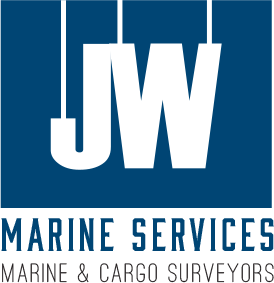
Resources

Marine Survey:
The inspection, survey or examination of marine vessels to assess, monitor and report on their condition and the products on them, as well as inspection of damage caused to both vessels and cargo.
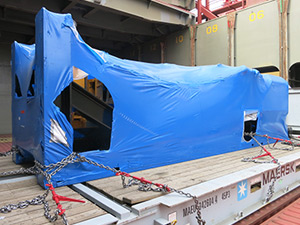
Lashing of Cargo:
Insuring that cargo is well-secured against ocean/land transportation movements.
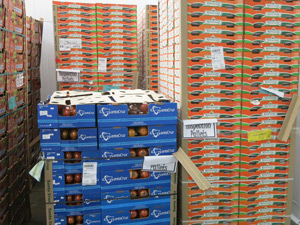
Wet Cargo Survey:
Determining the source of moisture (i.e. sea water, fresh water, improper equipment, etc.).
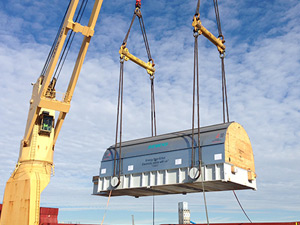
Break-bulk:
A bulk of cargo is broken down into groups that can be handled by the equipment available. Break bulk cargo is cargo that may be affixed to a pallet. Palletized cargo is organized in such a way as to facilitate the loading into the ship by crane or derrick. The ship may carry some bulk cargo, some break bulk, and some containers. Smaller, inter-island ships generally carry a variety of cargo sizes, types and containers. (Although that method has worked for many years, containerization is the cargo-handling method of the future.)
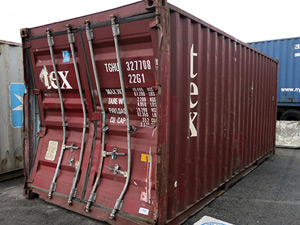
Ocean Container Survey:
Determining the nature, cause, and extent of damage sustained by containers involved in maritime accidents, or determining the fitness of container to load a proposed cargo.
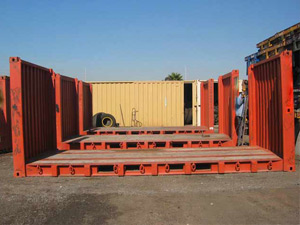
Flatrack:
Flatracks consist of a floor structure with a high loading capacity, composed of a steel frame and a softwood floor and two end walls, which may either be fixed or collapsible. The end walls are stable enough to allow cargo securing means to be attached, and several flatracks to be stacked on top of one another. Flatracks are available in 20′ and 40′ sizes. A number of lashing rings, to which the cargo may be secured, are installed in the side rails, the corner posts, and the floor. Some types of 20′ flatracks have forklift pockets. 40′ flatracks have gooseneck tunnels at each end. In addition, they are sometimes equipped with lashing winches with 2 metric ton lashing belts. For transport of certain cargoes, flatracks may be provided with stanchions.
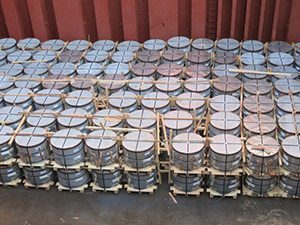
Discharge:
Determining the condition of cargo upon arrival at a discharge port, prior to stevedore operations.
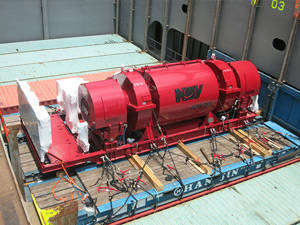
Loadout:
Determining the condition of cargo following completion of loading operations, and prior to vessel sailing from the port.
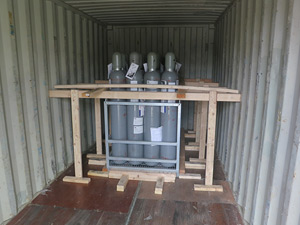
Hazardous Cargo Investigations:
Investigating the nature, cause, and extent of hazardous cargo leakage and monitoring of the environmental clean-up. Inspect and certify proper stowage for transportation and/or ocean voyage.
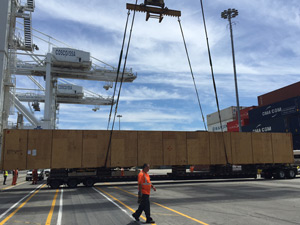
Stevedore:
A firm or individual engaged in the loading or unloading of a vessel.
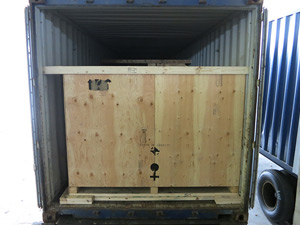
Blocking and Bracing:
The utilization of wooden lumbers being nailed to container and/or wedged into container corrugations in an effort to secure cargo for transportation to final destination.



